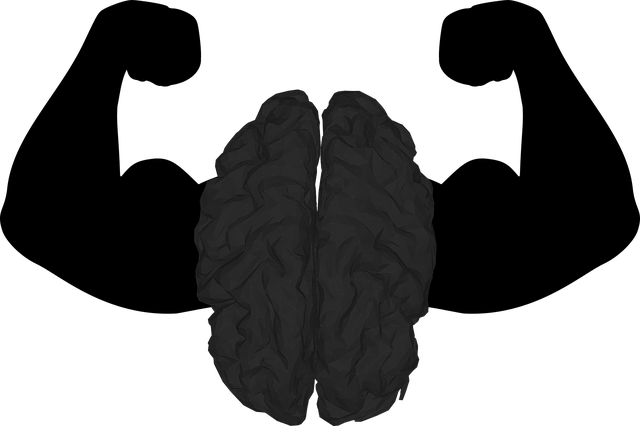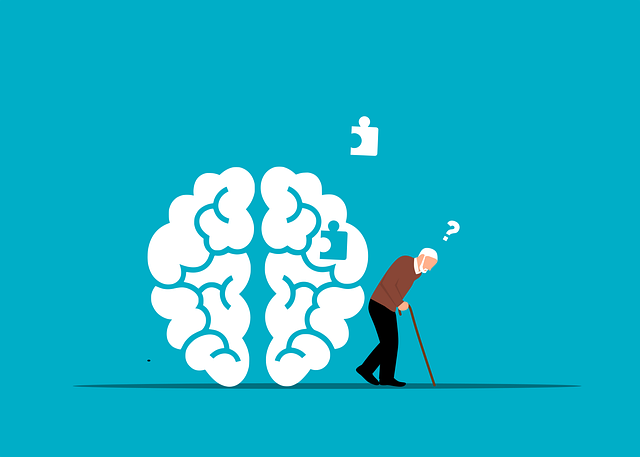Crisis Intervention Teams (CITS) play a vital role in supporting adolescent teens during crises, offering immediate therapy to manage stress, anxiety, and trauma. By focusing on self-esteem development through evidence-based practices like cognitive-behavioral therapy (CBT), these teams provide tailored Trauma Support Services. Emphasizing burnout prevention for team members is crucial for consistent, high-quality interventions. Comprehensive training equips members with skills to handle challenging situations, improving outcomes for both professionals and teens. This holistic approach, including policy advocacy and self-esteem enhancement strategies, ensures crisis intervention supports not only immediate threat mitigation but also long-term inner strength development for adolescent teens in various settings like schools, community centers, and workplaces.
Crisis intervention team training programs are essential in equipping professionals to support youth during crises. This article explores the critical role of these teams, with a focus on understanding their dynamics and improving effectiveness through comprehensive training. We delve into strategies tailored for adolescent self-esteem development, emphasizing the significance of evidence-based techniques. By examining real-world case studies, we highlight successful intervention programs, providing insights for trainers aiming to enhance crisis management in therapy for adolescent teens’ self-esteem.
- Understanding Crisis Intervention Teams: A Vital Role in Youth Support
- The Impact of Training on Team Effectiveness: Building a Strong Foundation
- Adolescent Self-Esteem and Crisis Intervention: Strategies for Empowering Teens
- Evidence-Based Techniques for Crisis Management: What Every Trainer Should Know
- Real-World Applications: Case Studies of Successful Intervention Programs
Understanding Crisis Intervention Teams: A Vital Role in Youth Support

Crisis Intervention Teams (CITS) play a vital role in supporting and guiding adolescent teens through their most challenging moments. These specialized teams, often composed of mental health professionals, teachers, and other support staff, are trained to swiftly respond to crises that may arise in schools or community settings. By providing immediate therapy for adolescent teens, CITS can mitigate the impact of acute stress, anxiety, or trauma, fostering an environment conducive to healing and growth.
In addition to direct crisis support, CITS members contribute to long-term wellness by promoting self-esteem and resilience among young individuals. Through their collaborative approach, these teams integrate Trauma Support Services tailored to each teen’s unique needs, ensuring they receive the highest quality care. Moreover, emphasizing Cultural Sensitivity in Mental Healthcare Practice allows CITS to offer respectful, inclusive services that address the diverse backgrounds of those they serve. Preventing Burnout among team members is also crucial, as it ensures consistent, high-quality interventions over time, benefiting both the professionals and the youth they support.
The Impact of Training on Team Effectiveness: Building a Strong Foundation

Crisis intervention team training programs play a pivotal role in enhancing team effectiveness and fostering a robust support system, especially for vulnerable populations like adolescent teens. Comprehensive training equips team members with the necessary skills to navigate challenging situations, promoting positive outcomes. By prioritizing self-esteem development as a core component of therapy for adolescent teens, these programs lay a strong foundation for effective crisis management.
The integration of burnout prevention strategies for healthcare providers within such training is essential, considering the demanding nature of crisis intervention work. Social skills training and mental wellness coaching programs development further reinforce team dynamics, enabling members to connect, communicate, and support one another effectively. Ultimately, these initiatives contribute to a cohesive and resilient crisis intervention team, prepared to address complex issues and promote mental health in their communities.
Adolescent Self-Esteem and Crisis Intervention: Strategies for Empowering Teens

Adolescent self-esteem plays a pivotal role in crisis intervention, as it can either bolster resilience or expose vulnerabilities during stressful situations. Crisis intervention team (CIT) training programs must address this dynamic by equipping members with strategies to enhance and protect the self-worth of teen participants. This involves fostering an environment that encourages open communication, validates emotions, and promotes positive self-talk. By integrating therapy for adolescent teens focused on self-esteem improvement, CIT teams can empower teens to tap into their inner strength during crises.
Incorporating mental health policy analysis and advocacy within these training programs is essential for understanding the broader context of adolescent well-being. This perspective enables CIT members to advocate for policies that prioritize self-esteem improvement and mental health services accessible to young individuals. Such efforts contribute to a holistic approach, ensuring that crisis intervention not only addresses immediate threats but also supports long-term strategies for inner strength development in adolescent teens.
Evidence-Based Techniques for Crisis Management: What Every Trainer Should Know

In crisis intervention team training programs, evidence-based techniques are paramount. These strategies, grounded in research and proven effective in various settings, offer a robust framework for managing adolescent teen crises that enhance self-esteem. Key methods include cognitive-behavioral therapy (CBT), which aids individuals in identifying and changing negative thought patterns contributing to distress. By teaching teens coping mechanisms and resilience, CBT empowers them to navigate challenging situations with improved emotional regulation.
Additionally, mood management techniques, integral components of crisis training, equip mental health professionals with tools to assess and stabilize individuals during acute crises. Comprehensive risk assessment is crucial for identifying potential hazards and implementing preventive measures, thereby mitigating the risk of burnout among healthcare providers. Effective crisis intervention also integrates burnout prevention strategies, ensuring that both professionals and those they serve can navigate turbulent times without compromising well-being.
Real-World Applications: Case Studies of Successful Intervention Programs

Crisis intervention team training programs have numerous real-world applications, as evidenced by successful case studies across various settings. For example, schools have implemented specialized programs to address adolescent mental health crises, focusing on self-esteem building through therapeutic interventions and supportive peer networks. These initiatives have led to improved student well-being and better crisis management within educational institutions.
Organizations like community centers and workplaces have also adopted similar strategies. Mental wellness journaling exercises and stress management workshops have been integrated into employee development programs, fostering a culture of mindfulness and emotional resilience. Additionally, mindfulness meditation sessions conducted by trained facilitators have shown significant positive outcomes in reducing stress levels and enhancing overall mental health among participants.
Crisis intervention team training equips professionals with the tools to effectively support adolescent teens during crises, fostering a vital role in youth well-being. By integrating evidence-based techniques and strategies that enhance self-esteem, these programs revolutionize crisis management. The case studies presented highlight successful real-world applications, demonstrating the impact of comprehensive training on team effectiveness. Investing in such initiatives is paramount to building strong foundations for adolescent support systems, ultimately improving outcomes for therapy and empowering teens to navigate challenging situations with resilience.














